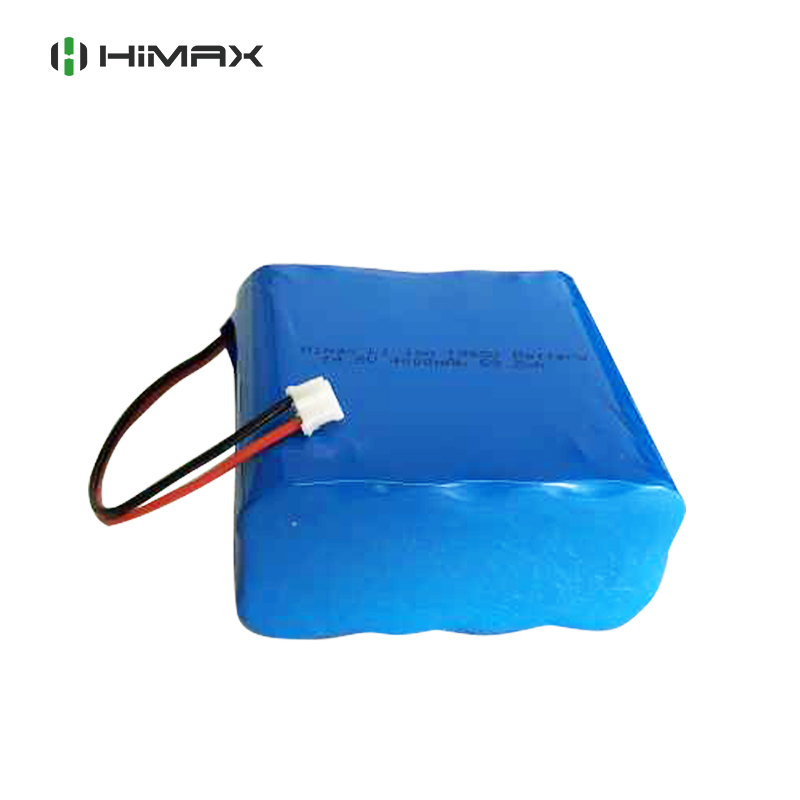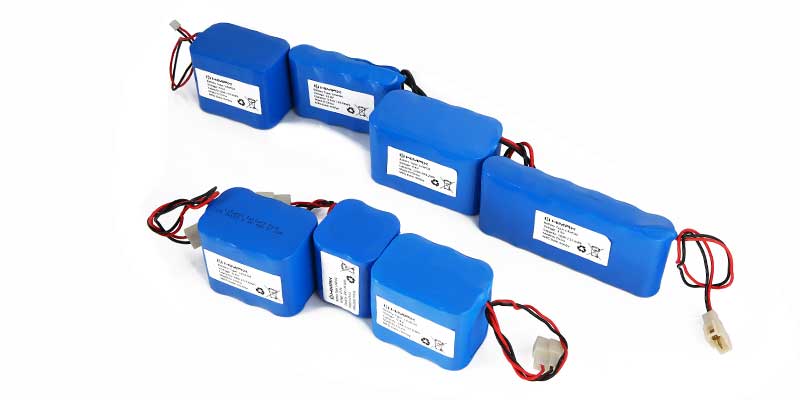Sodium Ion Battery vs. Lithium Ion: The Future of Energy Storage
In the race to develop the most efficient and sustainable energy storage technology, two leading contenders have emerged: sodium ion batteries and li ion customized battery packs. While lithium ion batteries currently hold the market share, sodium ion batteries offer several advantages that could disrupt the energy storage landscape in the coming years.
Li ion customized battery packs, which are widely used in consumer electronics, electric vehicles, and grid-scale energy storage systems, have a long track record of performance and reliability. Lithium ion batteries store energy in the form of lithium ions, which can travel through an electrolyte to power the battery. They have a high energy density, meaning they can store a large amount of energy in a small space. Lithium ion batteries also have a relatively long lifespan, making them a cost-effective choice for many applications.
However, lithium is a rare metal, making li ion customized battery packs expensive and environmentally unfriendly to produce. The extraction and refinement of lithium require significant resources and can have negative impacts on the environment. Furthermore, lithium ion batteries may not be the best solution for large-scale grid storage or for widespread use in electric vehicles due to their limited supply and high cost.
Sodium ion batteries, on the other hand, offer a more sustainable and cost-effective alternative to lithium ion batteries. Sodium is abundant and widely distributed, making it a less expensive and more environmentally friendly material for battery production. Sodium ion batteries work similarly to lithium ion batteries, storing energy in the form of sodium ions that travel through an electrolyte. They have a high specific capacity, meaning they can store more energy per unit weight compared to lithium ion batteries.

Another advantage of sodium ion batteries is their wide temperature range. They can operate in a variety of climates and conditions, making them suitable for use in extreme environments or in remote locations where temperature control is challenging. This flexibility could make sodium ion batteries a good choice for grid-scale storage in areas with variable climates or limited infrastructure.
Despite their advantages, sodium ion batteries still face challenges before they can compete with lithium ion batteries on the market. Researchers are working to improve the performance, lifespan, and cost-effectiveness of sodium ion batteries to make them viable alternatives. Development efforts are focused on improving the electrode materials, developing new electrolytes, and optimizing battery designs to improve energy density and charge/discharge rates.
The future of energy storage is uncertain as more research is conducted on both sodium ion batteries and li ion customized battery packs. It remains to be seen which technology will ultimately prevail. However, as the race continues, it’s clear that the development of sustainable and cost-effective energy storage solutions is critical for meeting the growing demand for clean and efficient energy worldwide.



